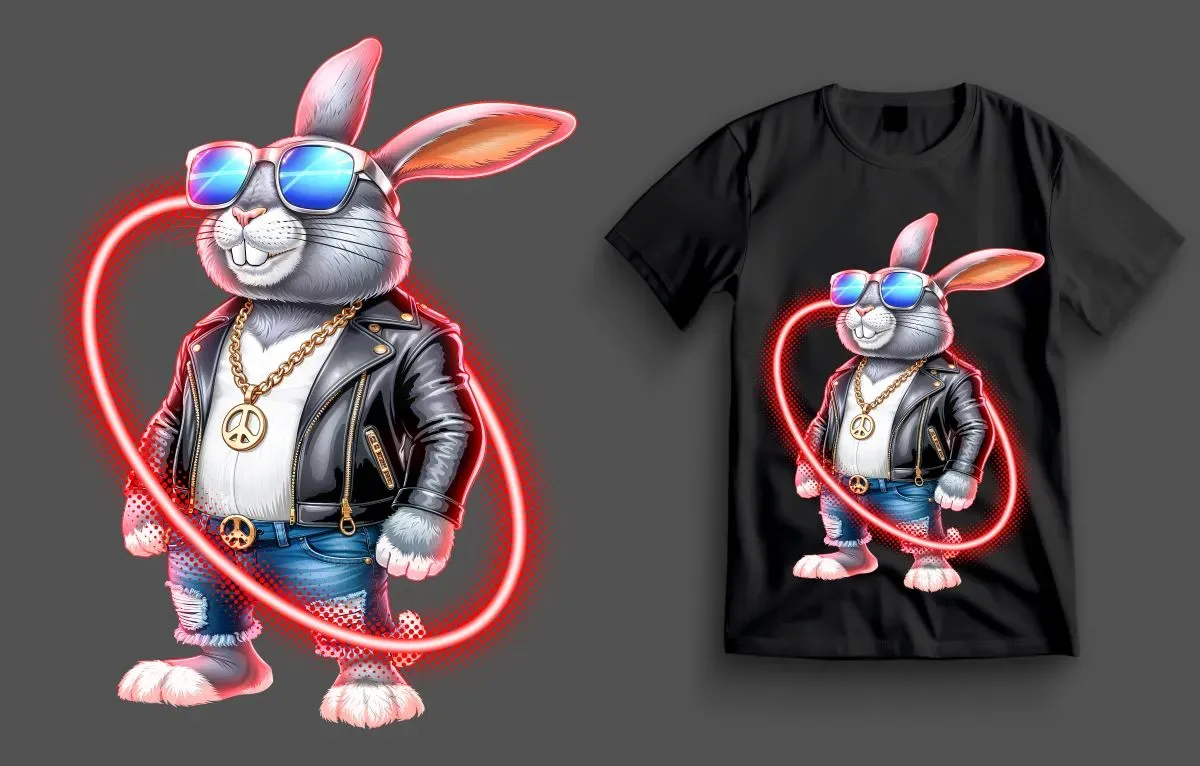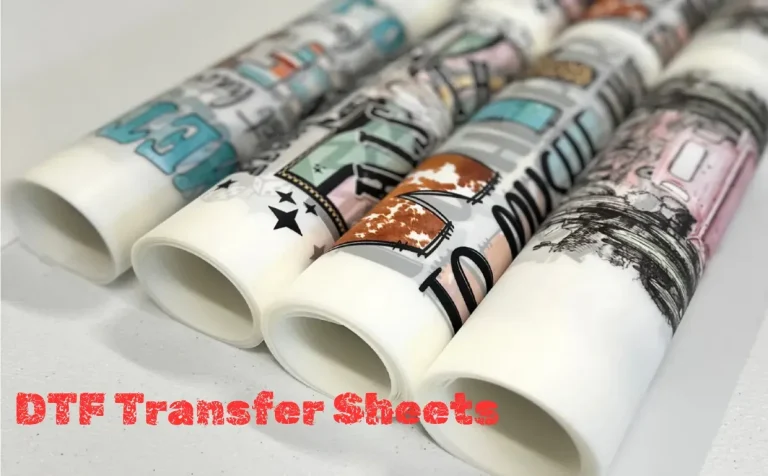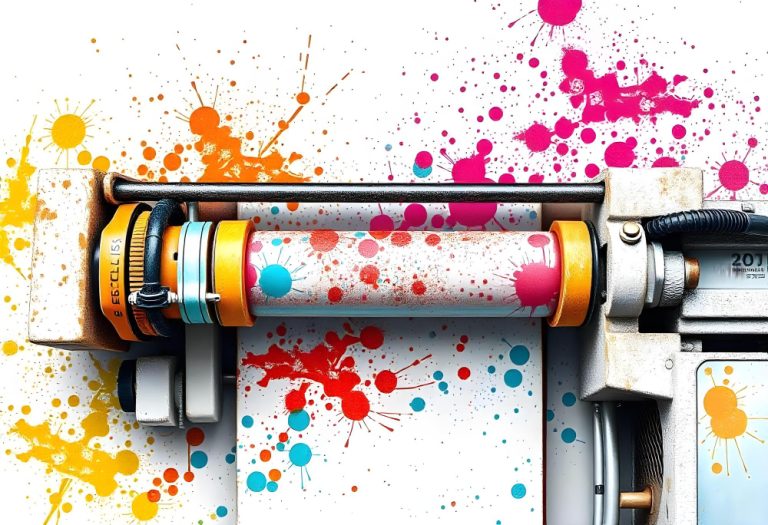In the world of Direct to Film (DTF) printing, having the right supplies is critical to ensuring high-quality prints and streamlined operations. Essential DTF supplies encompass everything from the DTF printer itself to the specialized DTF transfer films and high-quality DTF inks that bring your designs to life. These items are not merely accessories; they are fundamental to mastering the DTF printing process. As we delve into the essential DTF supplies, we will also highlight the importance of DTF printer maintenance, which is crucial for preventing downtime and ensuring your printing equipment runs efficiently. Whether you’re a novice or an experienced printer, equipping yourself with these essential tools will significantly enhance your printing capabilities and overall results.
When discussing Direct to Film (DTF) technology, it is essential to understand the various components that constitute a successful printing setup. This includes not only the necessary tools and equipment, such as DTF printers and transfer films, but also the inks and maintenance supplies that ensure optimal performance. The DTF printing method, often praised for its vibrant output, relies heavily on the quality of materials and the expertise of the printer. To achieve impeccable results in fabric decoration and design transfers, familiarity with DTF inks and other integral supplies is vital. Emphasizing the importance of quality equipment and appropriate resources will help both new and seasoned printers navigate the DTF landscape effectively.
Understanding the DTF Printing Process
The Direct to Film (DTF) printing process is revolutionizing the world of textile printing. This innovative method involves printing designs onto a special transfer film, which is then applied to the fabric using heat and pressure. The printer utilizes advanced technology that allows for vibrant colors and intricate designs to be immortalized on various materials. Unlike traditional screen printing methods, DTF printing can easily accommodate multiple colors and complex graphics, making it a favored choice for custom apparel businesses.
Additionally, the DTF printing process is incredibly versatile; it works on diverse fabrics such as cotton, polyester, and blends. The ability to print on various materials expands the application of DTF printing beyond clothing to include accessories like bags and hats. This adaptability, combined with the high durability of prints—thanks to the specialized inks and powders used—means that products made through DTF methods can withstand washing and wear, retaining their brilliant appearance.
A crucial aspect of the DTF printing process is the preparation of the transfer films. High-quality DTF transfer films are essential for achieving optimal transfer results. These films are designed to hold the ink and adhesive powder, allowing for efficient design transfer once heat is applied. When selecting transfer films, you must understand the difference between matte and gloss finishes, as each impacts the final look of your printed product.
Proper handling and use of the DTF transfer films contribute significantly to print quality. It’s essential to ensure compatibility with your printer settings and the specific DTF inks you are using. The right transfer film will facilitate a perfect print, ensuring that every color pops and that the ink adheres correctly during the heat application phase.
Key DTF Supplies for Quality Output
To achieve stunning prints, it’s vital to have a well-stocked kit containing essential DTF supplies. Among these, the DTF printer stands at the forefront. Investing in a quality DTF printer is crucial, as it defines the overall print quality and efficiency of your operation. When choosing a DTF printer, consider factors such as print speed, color accuracy, and compatibility with various DTF inks.
Additionally, the right inks are fundamental to the success of DTF printing. Utilizing DTF inks specifically formulated for this process ensures that you achieve the best results—three-dimensional, vivid colors with excellent adherence to various fabrics. Regularly checking your ink levels and replacing them with high-quality alternatives as needed can prevent disruptions to your workflow and ensure consistent output quality.
Not to be overlooked, powdered adhesives are also key components in achieving durable prints. These adhesives bond the ink to the fabric during the curing process, ensuring long-lasting results. It’s advisable to select an adhesive that matches your specific DTF process and to keep different melting point options available for different thicknesses of fabric.
Finally, a reliable heat press is non-negotiable in your DTF supplies arsenal. The heat press is responsible for transferring your printed design onto the fabric through heat and pressure, so investing in one with adjustable settings is critical. Look for heat presses with even temperature control to ensure all areas of your design are applied consistently, preventing issues like peeling or fading over time.
Maintaining Your DTF Printing Equipment
Regular maintenance is crucial to keep your DTF printing equipment in top shape. DTF printer maintenance should include scheduled cleaning of the print heads and ink delivery systems to prevent clogs and ensure optimal ink flow. Utilizing specialized cleaning supplies will help remove any residue and keep your machine operating efficiently.
Monitoring your machine’s performance and addressing any issues promptly can lead to longer lifespan and higher-quality prints. Implementing a routine that includes inspections of your printer components helps identify potential problems early, minimizing costly repairs or replacements later. Additionally, make sure to follow manufacturer recommendations regarding maintenance schedules and cleaning products to avoid voiding any warranties.
Part of maintaining your DTF printing equipment also involves monitoring your DTF inks and powders. Ensure that you store these materials correctly to prevent premature degradation. DTF inks should be kept in cool, dark places to prolong their usability and maintain print quality.
Moreover, keeping an organized inventory of your essential DTF supplies, including cleaning kits and replacement parts, makes it easier to keep your equipment in excellent working condition and prevents unexpected downtimes during production.
Choosing the Right DTF Transfer Films
Choosing the right DTF transfer films is pivotal for achieving outstanding print results. The two main types of transfer films—matte and gloss—offer distinctive finishes that can significantly impact the final look of your printed products. Matte transfer films are often preferred for designs that aim for a more understated, soft appearance, while gloss films are chosen for vibrant graphics that pop and stand out.
When selecting transfer films, it is essential to consider the fabric type on which you will be printing. Different materials react differently to heat and adhesives, so ensuring compatibility with your chosen transfer film is crucial. Conducting tests with various combinations can provide insight into which films yield the best results for your specific applications.
Moreover, the thickness and quality of the transfer film can affect the transfer process and the durability of your prints. Investing in high-quality transfer films will lead to better performance during heat application, ensuring that your designs adhere correctly and last longer on garments.
Lastly, sourcing transfer films from reputable suppliers will ensure that you receive products that meet industry standards, which is particularly important for optimizing your DTF printing process. Quality transfer films enhance not only the aesthetic appeal of your printed designs but also play a critical part in the overall efficiency of the DTF printing workflow.
Essential Tools for DTF Printer Maintenance
Maintaining your DTF printer go beyond just routine cleaning; it requires the right set of tools to ensure efficient operation and longevity. Essential tools include cleaning solutions specifically designed for DTF printers, lint-free wipes for print head cleaning, and tools for purging ink lines. Investing in high-quality cleaning tools can prevent common issues that can arise from accumulated ink residue and ensure that your prints remain sharp and vibrant.
In addition to cleaning supplies, having replacement parts on hand, such as printheads and maintenance cartridges, can help minimize downtime. Regular checks on these components allow you to identify wear and tear early and replace them before they affect print quality. Establishing a maintenance schedule in conjunction with having the right tools will ensure that your DTF printer is always operating at peak performance.
Moreover, utilizing software tools designed for DTF printer maintenance can help simplify the monitoring of printer status and maintenance reminders. Such tools can alert you to any irregularities or when it’s time for a cleaning, helping you stay proactive in your printer maintenance.
Ultimately, having the essential tools and supplies for DTF printer maintenance contributes substantially to the machine’s efficiency, delivering consistently high-quality prints while reducing costly repairs or replacements in the long run.
The Importance of Software in DTF Printing
In the DTF printing landscape, the importance of having the right software cannot be overstated. Graphic design software plays a crucial role in creating eye-catching designs that effectively utilize the DTF printing process. Programs such as Adobe Illustrator or CorelDRAW are widely adopted by professionals for their advanced design capabilities, enabling printers to create complex graphics that can captivate audiences.
Additionally, these software programs allow for detailed manipulation of images, editing colors, and preparing files specifically for the DTF printing specifications. Understanding how to use these design tools proficiently can greatly enhance the output quality and expand your design possibilities, leading to increased customer satisfaction.
Beyond design, printing software also aids in managing print settings to optimize the DTF printing process. It allows you to calibrate color settings, configure print layouts, and manage ink usage effectively. Investing in the right print management software can further elevate your DTF printing capabilities, ensuring seamless operations from concept to production.
Moreover, it’s essential to keep your software updated to benefit from the latest features and compatibility fixes that improve printing accuracy and efficiency. Regularly checking for updates and enhancements can provide you with a competitive edge in an evolving industry.
Frequently Asked Questions
What are the essential supplies needed for DTF printing?
The essential supplies for DTF printing include a reliable DTF printer, high-quality DTF inks, transfer films, a suitable powder adhesive, a heat press, graphic design software, and cleaning supplies. Each of these items plays a critical role in ensuring the success of the DTF printing process.
How do DTF transfer films affect print quality?
DTF transfer films are crucial for achieving high-quality prints. The right film type interacts with the DTF inks, allowing for vibrant and durable designs when transferred onto fabrics. There are matte and gloss options, and selecting the appropriate film enhances the visual impact of your prints.
What maintenance is required for DTF printers?
DTF printer maintenance is essential for optimal performance and longevity. This includes regular cleaning of the print heads and rollers using specialized cleaning solutions, as well as routine checks on the DTF inks to prevent clogs and ensure consistent print quality.
Which DTF inks are best for vibrant designs?
For vibrant designs in DTF printing, using high-quality pigment-based DTF inks is recommended. These inks provide superior color depth and durability, making them ideal for creating long-lasting prints on various fabrics.
What role does a heat press play in the DTF printing process?
A heat press is essential in the DTF printing process as it cures the printed design onto the fabric. It applies consistent heat and pressure, which is crucial for ensuring that the ink adheres properly and the transferred image is durable.
Can any graphic design software be used for DTF printing?
While general graphic design software can be used, tools specifically suited for the printing industry, such as Adobe Illustrator or CorelDRAW, are recommended for DTF printing. These programs provide advanced features for creating and editing designs, which are vital for high-quality output.
| Supplies | Description |
|---|---|
| DTF Printer | The cornerstone of DTF printing, enabling direct application of inks onto transfer films. |
| DTF Inks | High-quality, pigment-based inks designed specifically for DTF processes to ensure vibrant coloration and durability. |
| Transfer Films | Specialized films that facilitate the transfer of prints onto fabrics, available in matte and gloss finishes. |
| Powder Adhesive | Adhesive powder that bonds the inks to the fabrics during heat application, vital for durability and longevity. |
| Heat Press | Essential for curing printed designs onto garments, requiring even temperature control and adjustable pressure settings. |
| Software | Graphic design software like Adobe Illustrator or CorelDRAW is necessary for creating designs prior to printing. |
| Cleaning Supplies | Supplies for maintaining printer components, crucial for ensuring smooth operation and high-quality output. |
Summary
Essential DTF Supplies play a critical role in achieving outstanding results in Direct to Film printing. Having a comprehensive kit that includes the right printer, high-quality inks, specialized transfer films, and essential tools like a heat press is vital for ensuring superior print quality and durability. Each component, from the DTF printer to the cleaning supplies, contributes significantly to the efficiency and success of your printing operations. By staying equipped with these essential supplies, printers can optimize their processes, satisfy customer demands, and maintain a competitive edge in the market.






